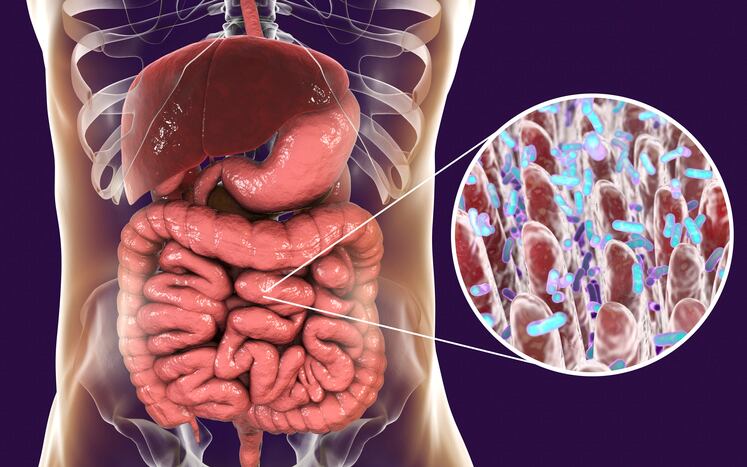According to Medical News Today, the gut microbiome is as unique as a fingerprint, with at least a thousand species of bacteria consisting of over 3 million genes living in our gut. Now, researchers are studying apes and other primates to help paint a picture of how the human gut microbiome has evolved over time.
A new study compares human and non-human primates to gain insight into the evolutionary history of the human gut microbiome. The analysis examined what aspects of the human microbiome are ancestral and shared among all primates, associated with specific biological or ecological traits throughout the primate phylogeny, and which parts are unique to humans.
Researchers from Northwestern University found that despite our close genetic relationship to apes, the human gut microbiome is more similar to that of Old World monkeys (e.g., baboons) than to that of apes (e.g., chimpanzees).
"We need to look to primates with similar ecology and physiology as humans to understand the human gut microbiome,” said Katherine Amato, lead author of the study and assistant professor of anthropology in the Weinberg College of Arts and Sciences at Northwestern.
"Understanding what factors shaped the human gut microbiome over evolutionary time can help us understand how gut microbes may have influenced adaptation and evolution in our ancestors and how they interact with our biology and health today,” added Amato.
Diet, ecology heavily influence the gut
The report said human diet, ecology, and physiological adaptations are more important for shaping the gut microbiome than host-microbe co-diversification. In other words, blood isn’t thicker than water when it comes to the human gut microbiome.
The report describes the evolution of the human diet and its role in the gut microbiome: “Although humans are most closely related to great apes, particularly chimpanzees and bonobos (Pan), the human ecological niche and associated digestive physiology are distinct from those of great apes. At some point after the divergence of the human lineage from that of Pan, our hominin ancestors began to occupy increasingly open and variable habitats, such as wooded grasslands, and to exhibit a broader and more flexible diet," the authors wrote.
"This omnivorous diet included foods high in fat and protein such as meat, but may also have contained underground plant storage organs, particularly those of C4 grasses and sedges. Profound shifts in human diets since the demographic transition toward industrialization mean that few humans consume these ancestral foods in the same quantities today. However, the human diet continues to be extremely diverse both across and within populations. In contrast, great ape species generally inhabit forest ecosystems, and preferentially consume fruit when it is available. Chimpanzees and bonobos, in particular, are described as ripe-fruit specialists, consuming high percentages of fruit even when availability is reduced. These differences in feeding ecology are associated with differences in digestive physiology,” the researchers added.
Amato said if ecology is really the most important driver of primate gut microbiomes, the human gut microbiome should be distinct from that of other apes. Additionally, it should be more similar to other primates that use similar environments and diets as human ancestors did and have more similar associated physiological adaptations.
Amato, also a faculty fellow with the University's Institute for Policy Research, added that researchers need to think about the human gut microbiome and its evolution differently.
Amato cautioned that future studies must consider host ecology more carefully when choosing models for human microbiome research.
"Chimpanzees are often assumed to be the best models for humans in many aspects of science due to their high relatedness to us...our results show that this assumption is incorrect for the gut microbiome."
Moving forward, Amato and her research team said they plan to further explore which human gut microbial functions are shared with Old World monkeys and what impact they have on human biology and physiology.
"This has implications for human evolution and microbial roles in it, as well as for microbial impacts on modern human health."
Source:
Genome Biology (2019) doi.org/10.1186/s13059-019-1807-z.
Convergence of Human and Old World Monkey Gut
Microbiomes Demonstrates the Importance of Human Ecology Over Phylogeny
Authors: Amato, K.R., et al.


